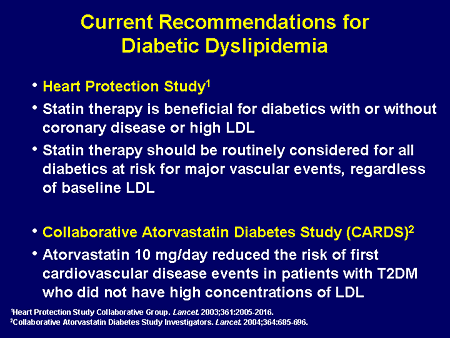
If you suffer from dyslipidemia, your doctor will focus on lowering LDL and triglycerides. Treatments vary depending on the severity of your condition, the underlying cause, and the specific drug. For patients with high cholesterol, doctors will usually prescribe a statin medication. This medication interferes with the liver’s ability to make cholesterol. However, you should talk with your doctor before starting any type of exercise program.
Changing your lifestyle is an important part of your dyslipidemia treatments. First, make sure you’re getting the right amount of exercise. Aim to do at least thirty minutes of physical activity each day, and limit your consumption of alcohol and recreational drugs. Drinking and smoking are also two common causes of high cholesterol levels and may even contribute to heart disease. In addition, they can worsen the condition and make it harder to treat.
If you have a family history of high cholesterol, it’s especially important to keep cholesterol levels under control. In addition to taking statins and fibrates, you should also follow a healthy diet and lifestyle. While these treatments may have side effects, they can help you manage your condition. By following your doctor’s recommendations, you can reduce your risk of cardiovascular disease and other health problems. You can start living a healthier lifestyle today!
The best dyslipidemia treatments focus on correcting the underlying problem. The first step in recovery is to make lifestyle changes. These include exercising, eating a healthy diet, and avoiding toxins. Stopping smoking, alcohol, and recreational drugs are also important. These unhealthy habits may make dyslipidemia worse and increase the risks of diabetes. Luckily, there are effective natural solutions for reducing the symptoms and complications of dyslipidemia.
In addition to medication, there are lifestyle changes that can help you overcome your dyslipidemia. By improving your diet and making sure you get plenty of exercise, you’ll improve your odds of reducing your risk of cardiovascular disease. Besides exercise, you can also control sources of stress in your life by adopting a healthier lifestyle. If you’re serious about preventing and reversing your dyslipidemia, you’ll be amazed by what’s possible.
Treatment for dyslipidemia should address the underlying causes. Most patients do not have any symptoms of dyslipidaemia. Those who have frequent medical checkups will be surprised to learn that they have high blood cholesterol levels. This condition often goes unnoticed for many years. Until a physical exam is done, most people won’t know they have high cholesterol. While many people have high cholesterol levels, most don’t notice it until it becomes a problem.
Although most of the cholesterol in the body is produced by the liver, it is also present in the bloodstream. The liver produces most of the cholesterol in the body, and the rest comes from the food you eat. That’s why most people don’t know they have high cholesterol until they have a physical. Most people don’t realize they have high cholesterol until they have a physical exam. In fact, most people with high cholesterol don’t even notice it until after a physical examination.
Treatment for dyslipidemia should address the underlying cause. When a person has an inherited genetic defect, the disease is called familial hyperlipidemia. A patient with this disease has a high risk of developing premature cardiovascular disease. In addition, the disease may be caused by untreated hyperthyroidism or certain types of cancer. These factors can make it difficult to identify and treat dyslipidemia. The most appropriate treatment for your condition should be based on a careful history taking.
In addition to treating the underlying causes of dyslipidemia, doctors are also likely to address other underlying health concerns. For example, a person may have diabetes or Crohn’s disease. Those who suffer from diabetes are more prone to dyslipidemia than those who do not. Therefore, it is important to seek the correct diagnosis and treatment. The doctor will be able to prescribe the right treatment. Once diagnosed, you can discuss all treatment options on the website sagg2019.com.
The main treatment for dyslipidemia is a change in diet. Generally, the goal is to reduce the amount of saturated fat in the diet and cholesterol in the diet. In addition, people with this condition should limit their sodium intake to 2,400 milligrams per day. They should also limit their sodium intake to four grams per day. They should not drink alcohol if they do not have normal blood sugar levels.